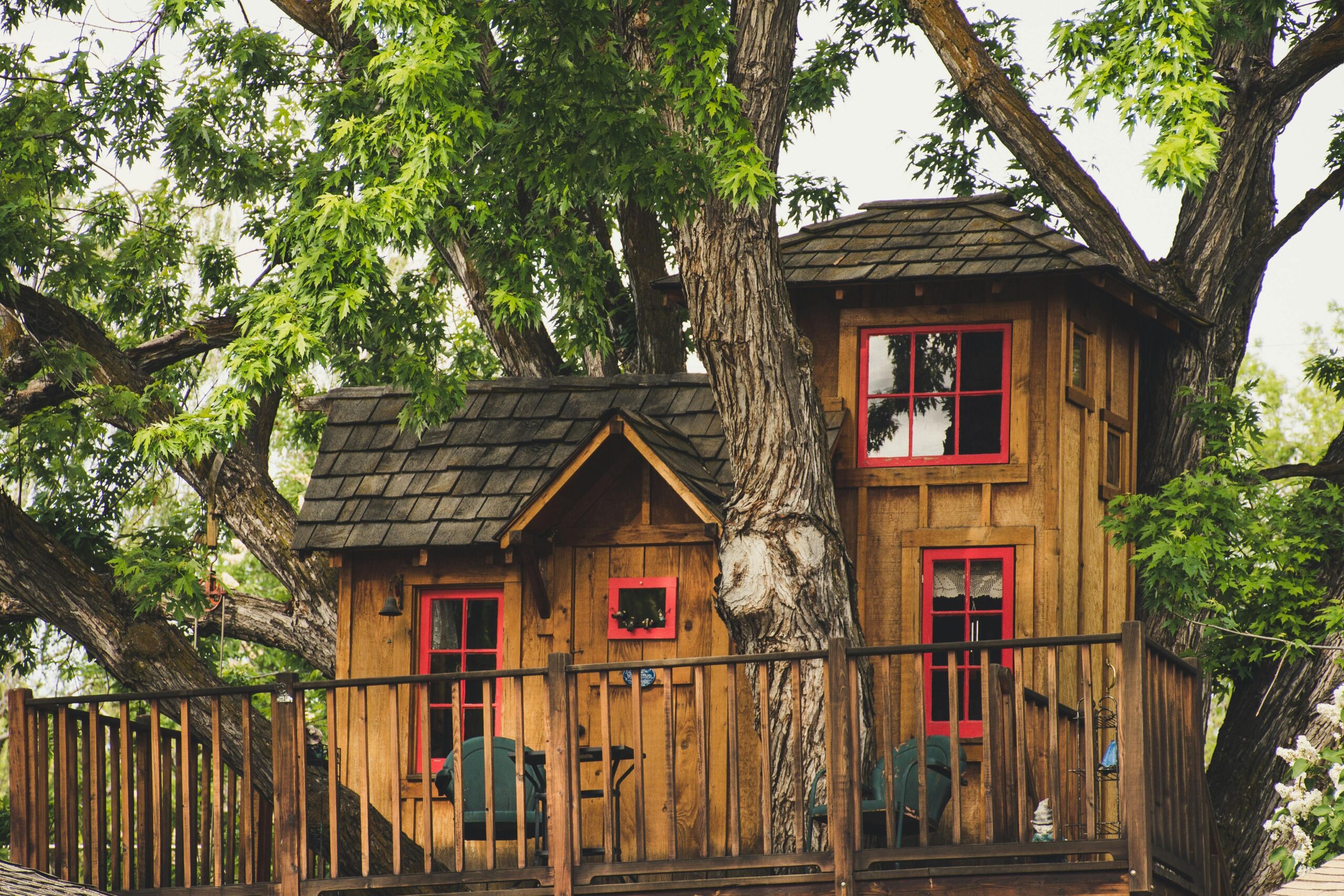Ever thought about where your furry friend would take cover during a tornado? Spoiler: They’re not reaching for the nearest helmet. When disaster strikes, having a pet-friendly shelter design isn’t just thoughtful—it’s essential.
In this guide, we’ll dig deep into creating safe spaces that protect both you and your pets during severe weather events. From tornado-ready shelters to smart insurance tips, you’ll learn how to keep tails wagging even in scary storms. Let’s get started!
Table of Contents
- Key Takeaways
- The Problem with Ignoring Pet Safety
- Step-by-Step Guide to Building Pet-Friendly Shelters
- Best Practices for Pet Shelter Design
- Real-Life Stories: Pets Saved by Smart Shelters
- FAQs About Pet Insurance & Tornado Preparedness
Key Takeaways
- Your pets need specialized care during emergencies like tornados.
- A well-thought-out pet-friendly shelter can save lives.
- Pet insurance may include coverage for natural disasters—check yours!
- Small changes, like secure latches and cozy bedding, make huge differences.
The Problem with Ignoring Pet Safety
Picture this: It’s storm season, the sirens are blaring, and chaos reigns supreme. You grab your emergency kit, but what about Max? That big ol’ dog crate might be perfect for daily lounging, but it won’t cut it when winds hit 200 mph.

Shelters aren’t always built with four-legged critters in mind, leaving many owners scrambling at the last minute. Plus, without proper planning, those flimsy leashes or open doors could spell disaster faster than you can say “tornado watch.”
Optimist You: “We’ve got time to prepare!”
Grumpy You: “Ugh, fine—but let me finish my coffee first.”
Step-by-Step Guide to Building Pet-Friendly Shelters
Step 1: Assess Your Space
Before hammering nails or sketching blueprints, evaluate existing structures. Basements are ideal, but any reinforced room works if designed correctly.
Step 2: Choose Durable Materials
Sounds simple, right? But here’s where I screwed up once—I used cheap plywood because it was cheaper. Newsflash: Cheap materials = zero protection against Category 5 winds. Go for steel or fortified concrete instead.
Step 3: Add Comfort Zones
Your pup deserves more than cold floors. Install soft, washable mats and blankets. Pro-tip: Use anti-slip pads—they reduce anxiety and prevent slipping accidents.
Best Practices for Pet Shelter Design
- Ventilation Matters: Stuffy shelters cause panic. Ensure there’s airflow but seal gaps tightly to block debris.
- Secure Everything: From food bowls to toys, unsecured items become projectiles in high winds.
- Label Clearly: A brightly labeled “Pet Safe Zone” helps rescue teams identify your nook easily.
(Pro Tip Gone Wrong Alert): One guy tried using duct tape as his sole securing method—”It holds everything together!” Spoiler: It didn’t hold squat. Learn from his fail and use industrial-grade fasteners instead.
Real-Life Stories: Pets Saved by Smart Shelters
Meet Bella, a brave tabby who survived Oklahoma’s record-breaking 2013 tornado thanks to her owner’s meticulous planning. Her family installed a dedicated cat corner with reinforced walls, comfy perches, and fresh water supplies.

FAQs About Pet Insurance & Tornado Preparedness
Do pet insurance policies cover damage caused by natural disasters?
Most standard plans don’t, but some premium options offer add-ons for disasters. Always double-check terms with your provider!
What should I pack in my pet’s emergency kit?
- Food and water (7-day supply).
- Familiar scents via blankets or toys.
- Copies of medical records.
Conclusion
Tornado-proofing your pet’s safety starts with preparation and ends with love. By following these steps and tips, you ensure that no matter what Mother Nature throws your way, your furry family stays secure.
Remember: Pet-friendly shelter designs combine toughness with tenderness—just like our bonds with our beloved companions. So go build something amazing—or hire someone who loves puns almost as much as dogs love snacks.
“Safety first, treats second—but never skip either one.” 🐾💨


